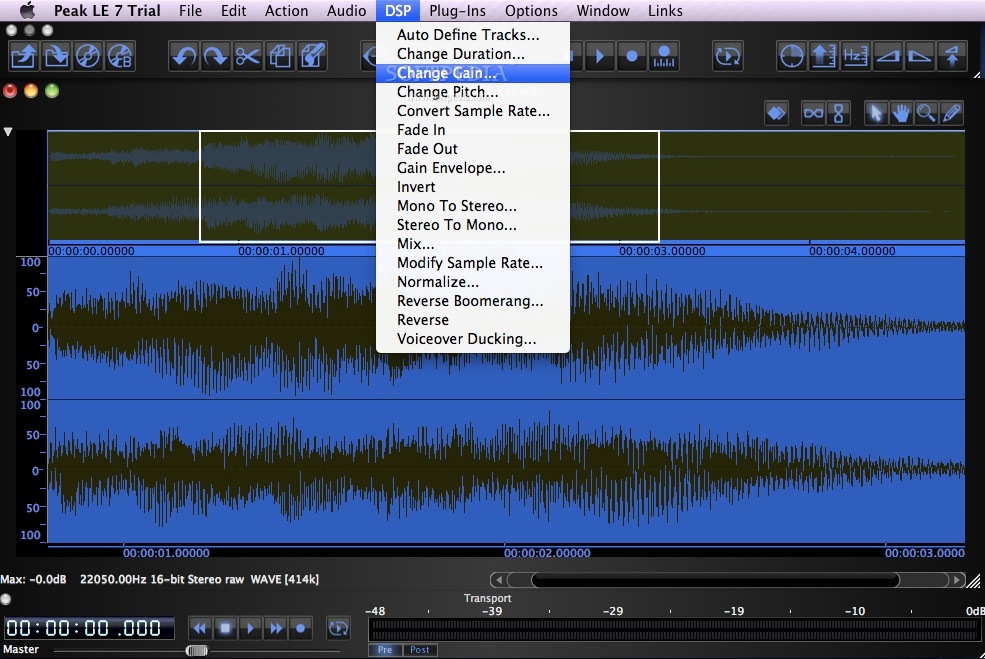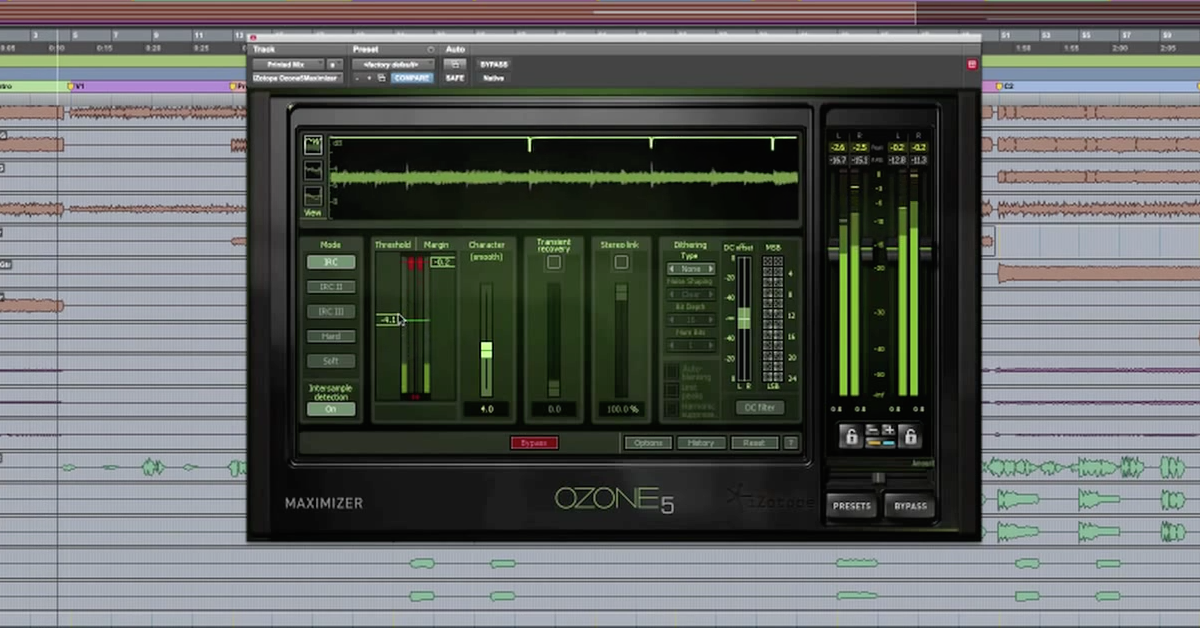

Most of the time the album sides will match fairly well, but you should always check to make sure vocal levels sound consistent on both sides after normalization, in case one side is more compressed than the other.

Personally, I normalize each album side before splitting tracks. For example, you don't want "Songbird" to suddenly sound louder than "Go Your Own Way," which is exactly the result you would get if you individually normalized every track on Rumours to -0.3 dB. You will spoil the feel and flow of the album by normalizing each track individually. The original mastering engineer most likely put a lot of time, thought and listening into setting the level of each song. IMO, most of the time it is best not to normalize each track separately. Hint: use the lead vocal as a reference and make it consistent from track to track, so you don't have to change volume between tracks on playback.īarry makes some great, and really important, points about normalization. Then match the rest of the album, ideally by listening. Next, when making those final level adjustments, I suggest using a max peak no greater than -0.3 (not -0.03) for the loudest peak. (Try it yourself, then match playback levels and hear it.) Final levels should always be adjusted after initial conversion to digital. In my experience, with a 24-bit recording, you will get a cleaner result with -12 (or -20!) peaks than you will with -3 peaks. The reason is that every monolithic A-D converter I know of will exhibit its lowest distortion at that level. If you do, you'll find the quiet songs to be as loud as the loudest songs - or worse, the quiet ones will sound louder than the loud songs.įirst, I suggest the initial conversion to digital be done so the loudest peak does not exceed -6 dBFS. Is it that the first iteration of RX was so bad or is Click Repair really that good? I am now on the standard version of RX2 and it's said that the declicker and denoise has been improved in a big way.Īppreciate any comments on the workflow (especially my "order" of the tasks) and any of the questions.Ĭlick to expand.Unless you seek to change the balance in level from song to song, I strongly suggest NOT making each file have the same max peak. I see others who who rather ensure all peaks are as high as possible (without going over 0.0dbFS.Thoughts?Īnd declicking? I see a lot of folks using the iZotope RX suite for SR conversion and dithering but hardly anyone using their declicking/denoising tools - most are favoring Click Repair. First Normalize - are you guys doing a "peak" normalize or more of an RMS normalize? I see a lot of folks talking up about the new -23dbfs RMS values being touted as the new target volume level to ensure the resultant files have a nice fat dynamic range and an RMS level that in the "pocket". Questions I have are around the Normalize process and de-clicking. ĝither to 16 bit w/iZotope MBIT+ (Noise Shaping: Ultra Dither Amount: Normal).Down-sample to 44.1khz using iZotope SRC.

MASTERING WAVEBURNER MANUAL
Perform manual noise removal with RX 2 Denoiser.Perform manual pop removal with RX 2 Declicker.Normalize each file to -0.03dbfs (peak)?.Tascam DR-100 digital recorder / RME Multiface.Here's my gear and what I believe will be my workflow (I am trying to tighten up a few areas).

I would like to get a sense of what order folks are doing things and of course what tools and settings you favor. My collection is modest but I do have a number of great LP's that are not (or will not) ever be on CD. I finally have all the pieces lined up to take a more serious approach to transferring my vinyl to digital.


 0 kommentar(er)
0 kommentar(er)
